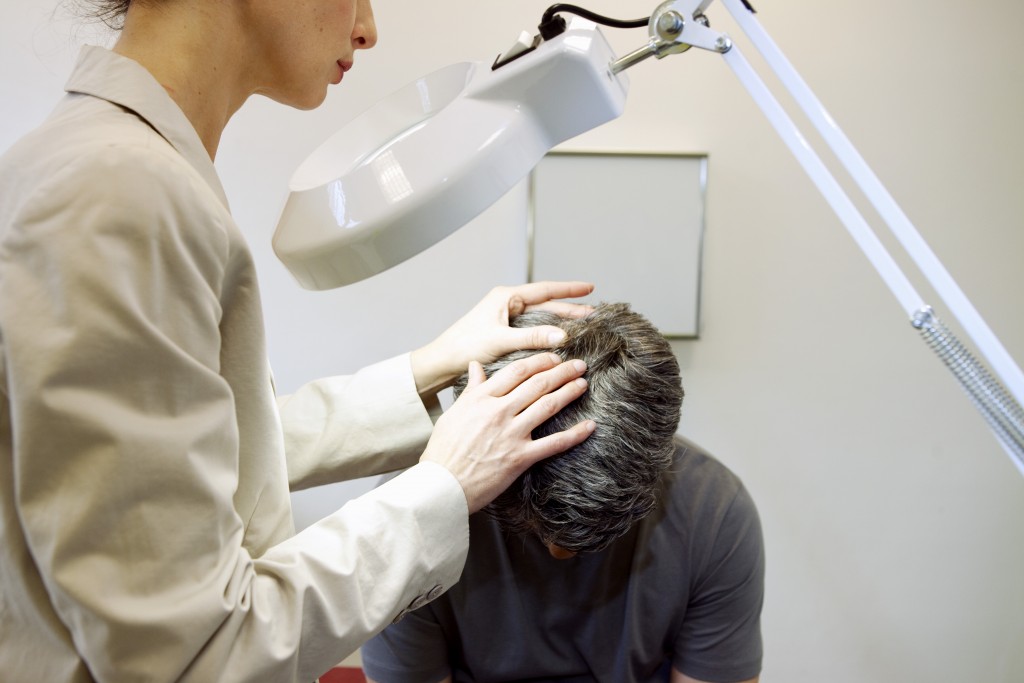Explaining Scalp and Micropigmentation (SMP) can be hard. A lot of people often approach SMP with some hesitation, mainly because there isn’t a lot of information floating about it. Not only for patients but also for people looking to learn it as a career.
But once you get to the basics, explaining SMP to both patients and future practitioners, it can be easier than you think. Explaining it well does more than explain what it is; it can make clients more cooperative, choosing a clinic with the proper micropigmentation training and enable patients to look for aestheticians they can consult.
Here are the most common questions that you might have about how SMP works.
Pain And Recovery Time
One of the first (and often most confusing) things that people ask about SMP is how much it will hurt. Since it’s standard procedure for aestheticians to apply topical numbing agents or a local anesthetic to the scalp, the chance that the person will feel pain is quite low. And since the equipment used isn’t as intense as the one used for actual tattoos, the process won’t be as painful either.
However, everyone’s pain tolerance thresholds are different. A lot of things will play a role in how painful the procedure will be, if at all – things like previous medical conditions, pain tolerance, lifestyle, and diet all play a role. For SMP, setting expectations like these are the keystone to making sure that the procedure is received favourably.

Aftercare
Aftercare takes many forms, depending on the SMP treatment – but the crucial part is that it should never be skipped. Things like topical cream, limitation of sun exposure, and followup visits are all standard operating procedures. As a whole, SMP aftercare has little difference from any other cosmetic procedure that requires aftercare as well. Most of the time, talking to the patient about their daily routine and recommending aftercare habits based on this information will be very helpful.
SMP requires proper recovery time and aftercare to minimize the chances of complications after the operation. SMP practitioners will often follow up with the patient for days or weeks afterward to check in on their progress and recommend further aftercare if necessary.
Reapplication
While SMP is not considered a tattoo (the inks don’t penetrate the skin that deeply), there is a possibility that a second SMP procedure may be required sometime down the line, depending on the person’s routine and skincare.
Unlike tattoos, SMP and similar services will fade over time. The skin naturally replenishes its outer layer after five or so years, and depending on the patient’s lifestyle, the fading can happen much earlier than expected. However, SMP treatments often work as semi-permanent fixes and can last for two to three years without reapplication.
While not technically a medical procedure, SMP sits on many similar needs and applications that most medical procedures operate on. Discussing SMP in this context can be a helpful springing point for people confused or curious about the industry, and can give them a better idea and expectation of what will happen once they walk inside an SMP clinic.

